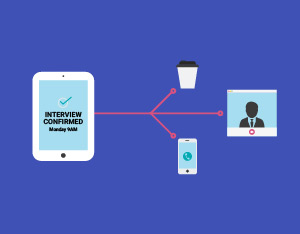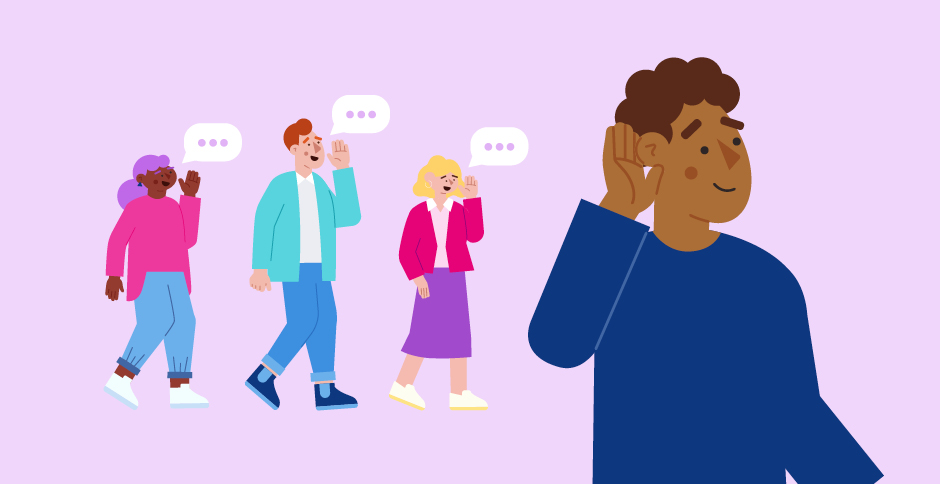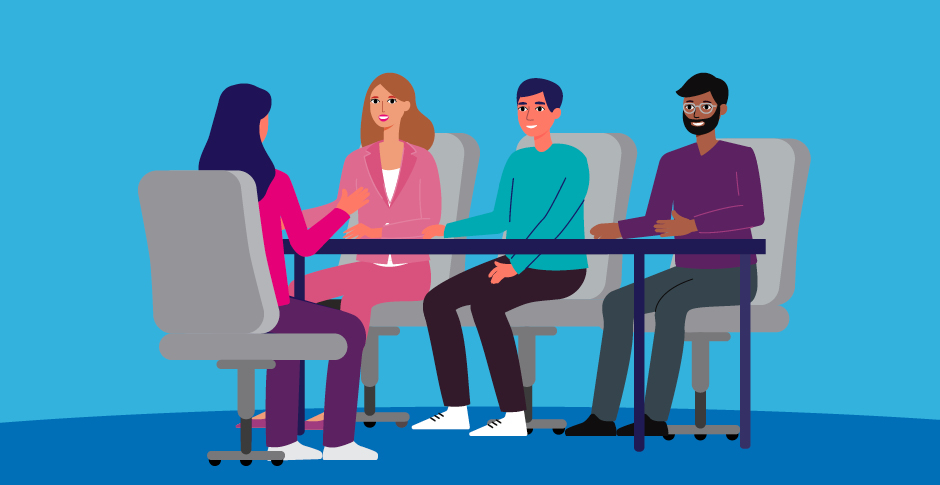There is a range of different interview approaches that employers and recruiters use when they’re searching for the right talent. Each different interview style comes with its own nuances and it’s important you’re able to adapt to each specific platform if you want to get the role.
Here’s eight different interview types and some suggestions on how to nail them:
- One-on-one interview. This is one of the most common interview types. In this scenario, it will be you and your interviewer in the room and you will be asked a series of traditionally formal questions that are designed to tease out your skills and personality. More than any other approach, this interview style will give you the best opportunity to build a strong rapport with the interviewer.
- Informal (casual coffee) interview. A danger with informal interviews is that you let down your guard and treat it like a friendly catch-up. Ordinarily, it will be just you and the interviewer in a relaxed setting, like a café. While the environment is less formal and the tone of these interviews is often more relaxed, it’s important that you remain professional. It might be helpful to have a notepad in front of you so that you can write down any important points. “Make sure you also have a hard copy of your CV, cover letter and job description,” says Erin Chambers, from Careering Onwards. Having them sitting in front of you can help to keep you focused on the task at hand.
- Panel interview. With all eyes on you, it’s sometimes hard to know where to look when a panel of people are interviewing you. The interview room will usually be configured so that you’re sitting in front of a row of people who will take turns to ask you questions. A good rule of thumb is to address your response to the person who asked the question. Look them in the eye, use their name, demonstrate that you’ve understood their question and provide a succinct answer, citing examples to support your statements when possible.
- Peer interview. In this scenario, you will be interviewed by someone who you might be working with in the future. Peer interviews are increasingly common and are designed to help determine if you will be a good cultural fit for the company. The peer interview usually happens after successful interviews with the hiring manager and the person you will be reporting to. Not only does this style of interview help your potential employer gauge how you interact with the team, it’s also an excellent chance for you gain some important insight into what it’s like to work there. You should be looking to ask a lot more questions in a peer interview to help you learn more about the company, culture and how you would fit in. Ask them, for example, how you could help their team.
- Telephone interview. This method of interviewing is often used in the early stages of the recruitment process to screen and shortlist candidates. It’s crucial that you take it seriously because if you don’t, you risk not getting through to the next stage, which will traditionally be a more formal face-to-face interview. First and foremost, make sure you have a good, clear line – you don’t want to have any trouble hearing the interviewer. It’s also easier to refer to your notes in a telephone interview because you don’t need to make eye contact with anyone. Write down some key talking points that highlight your suitability for the role and try to work them into the interview.
- Group interview. In this situation, you’ll find yourself being interviewed alongside other candidates. This is often done as a way of screening a large number of candidates efficiently. If it goes well, there will likely be another round of one-on-one interviews, so it’s important you prepare carefully for it. One of the things recruiters and hiring managers are looking at is how you interact with others. So, make sure you’re always respectful of the other candidates and try and assume a leadership position for tasks when you can. It’s all about standing out from the crowd and the group interview allows people to observe you doing that in real-time.
- Assessment centres. This is a process that usually combines multiple assessment activities, like psychometric testing or situational role-plays, and is generally used to screen large pools of candidates. It’s a method often used by large companies that do cyclical recruitment. Employers do want someone who is eager to learn. Show that you’re enthusiastic about the opportunity by reading up on recent news about the company you’re interviewing for. Check out their social media feeds, find out if they’ve just launched any new products or are involved in any sponsorship deals. When it comes to the interview, speak about some of these things to demonstrate that you’re familiar with their current business dealings.
- Video interview. This method is often a substitute for a one-on-one interview when it’s not possible to meet face-to-face. You might, for example, be applying for a role interstate or overseas. It’s vital that you treat it just as formal as you would a face-to-face interview. Whenever technology is involved, make sure it’s not going to fail on you when it’s time for the interview. It’s a good idea to make sure you’ve tested the software, added the contact prior to the day and have done a test drive with a friend.
Ultimately, whatever the type of interview, the most important thing is that you’re well prepared and you project an air of professionalism.
Ultimately, whatever the type of interview, the most important thing is that you're well prepared and you project an air of professionalism.



